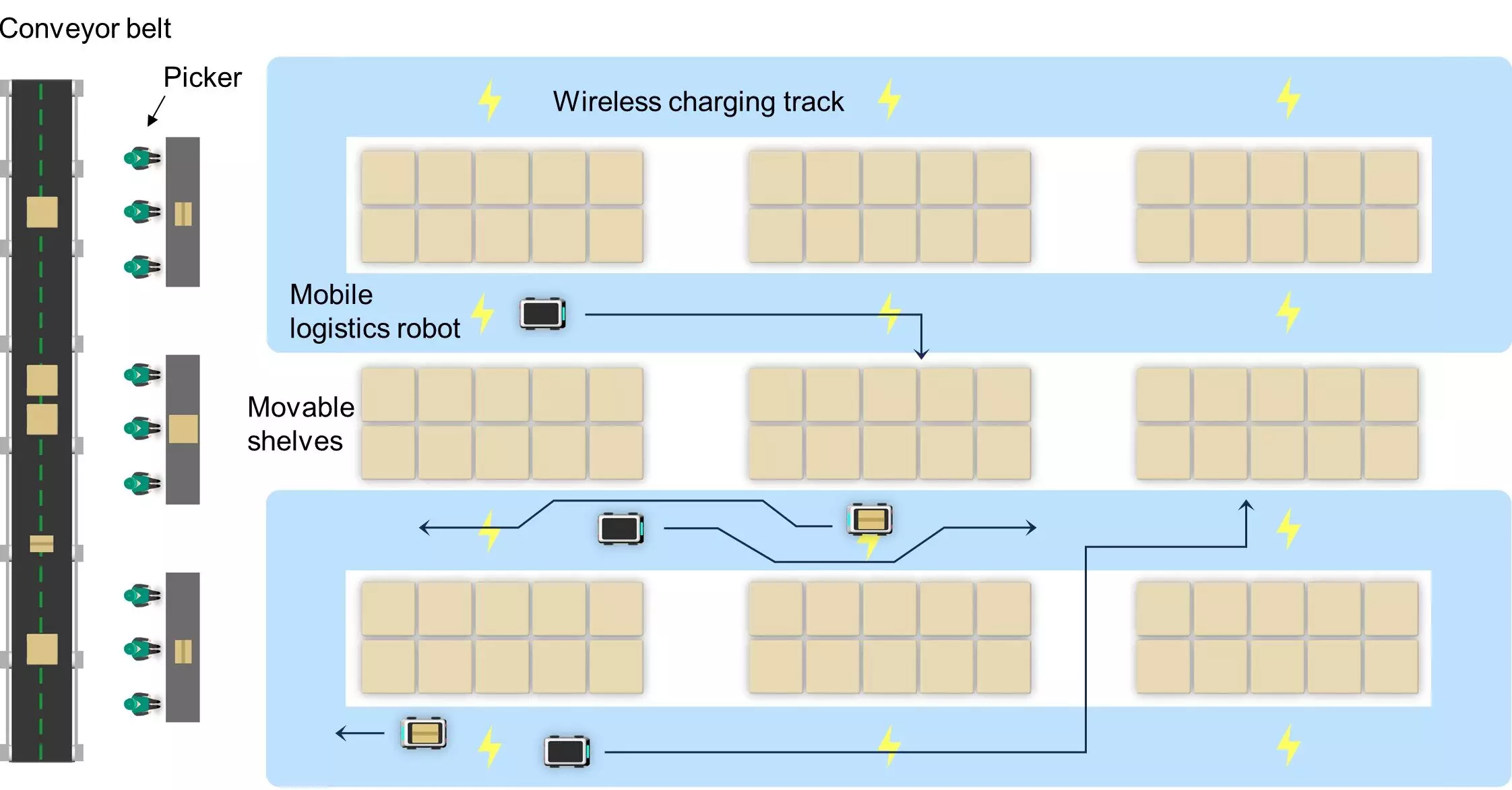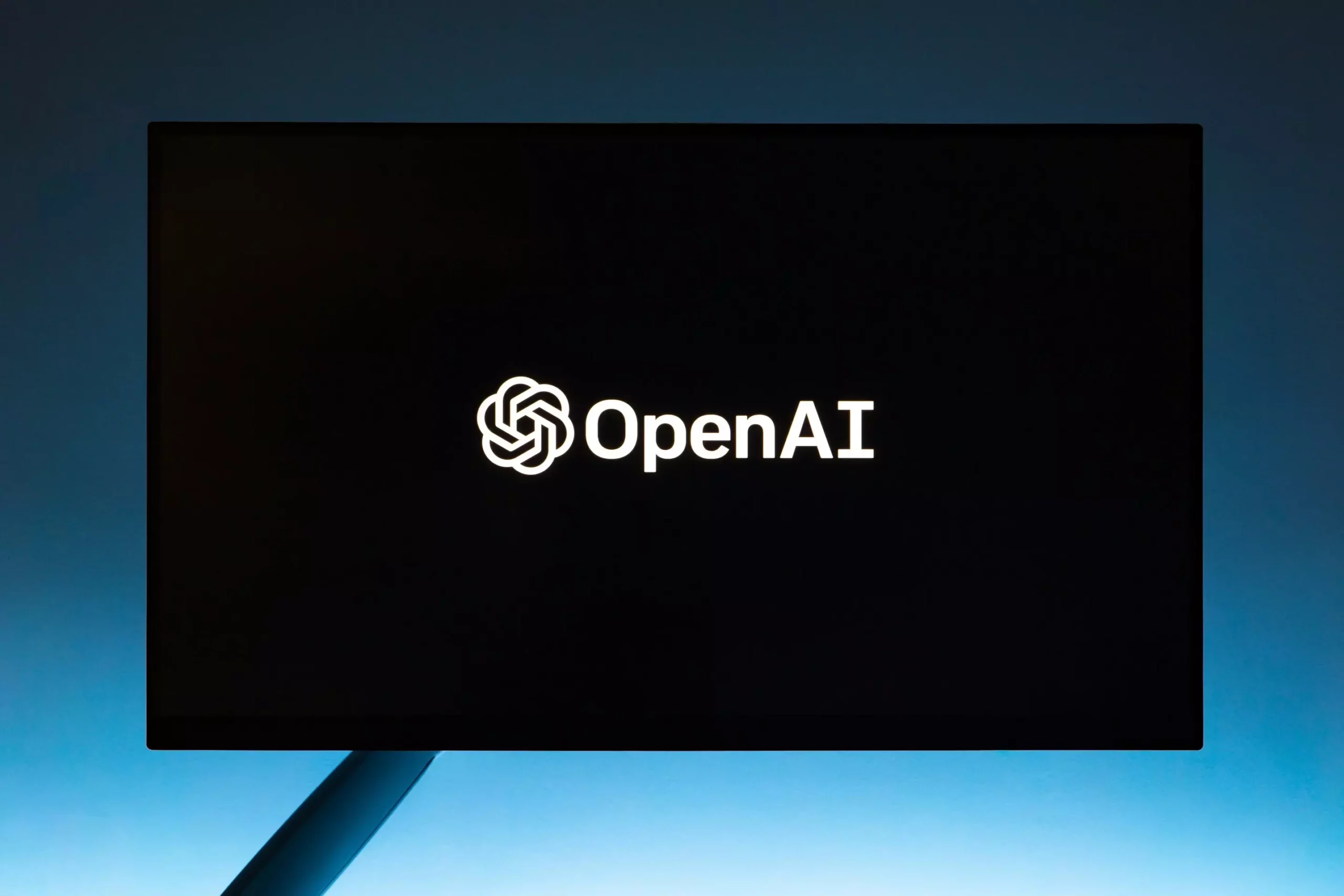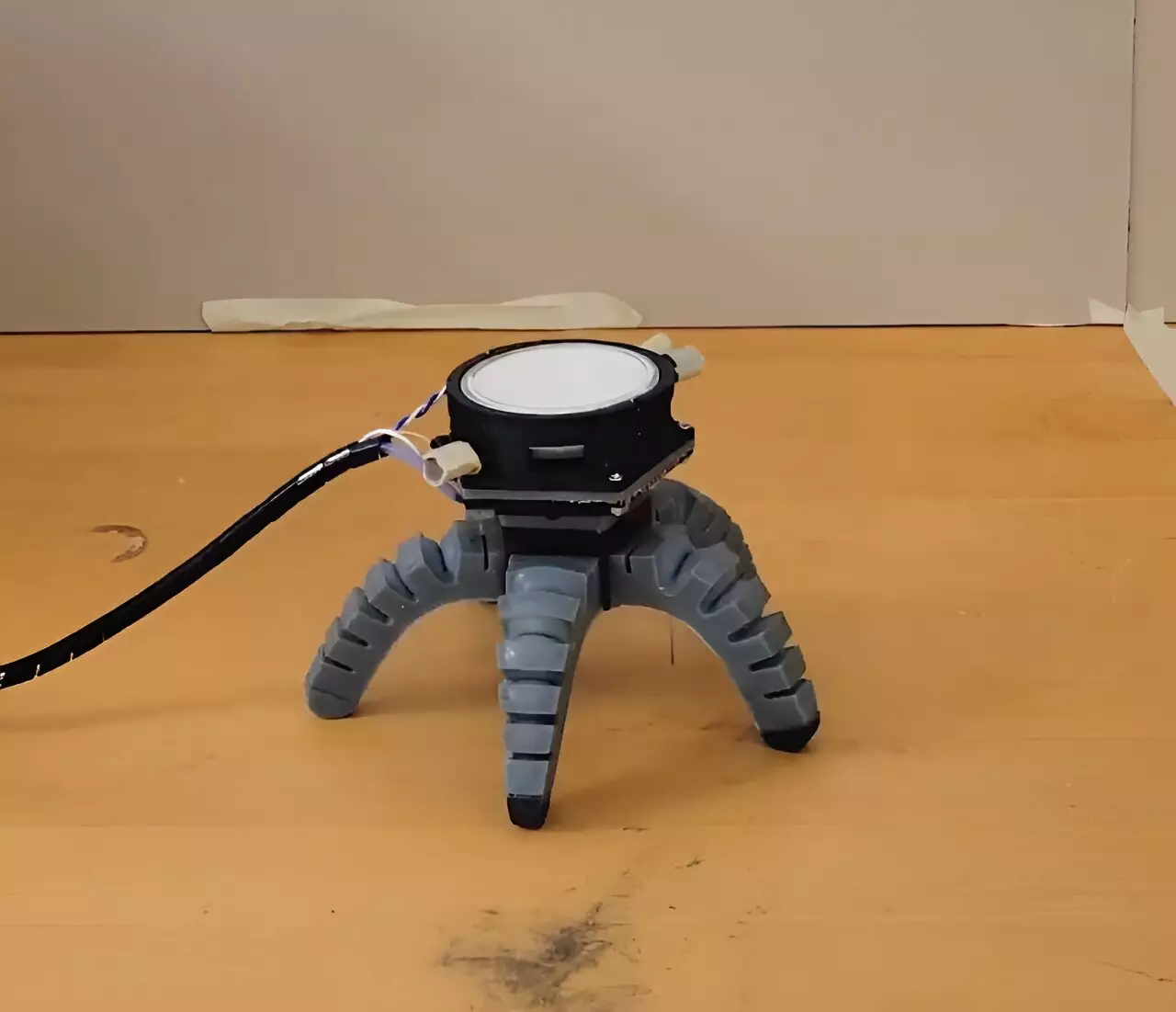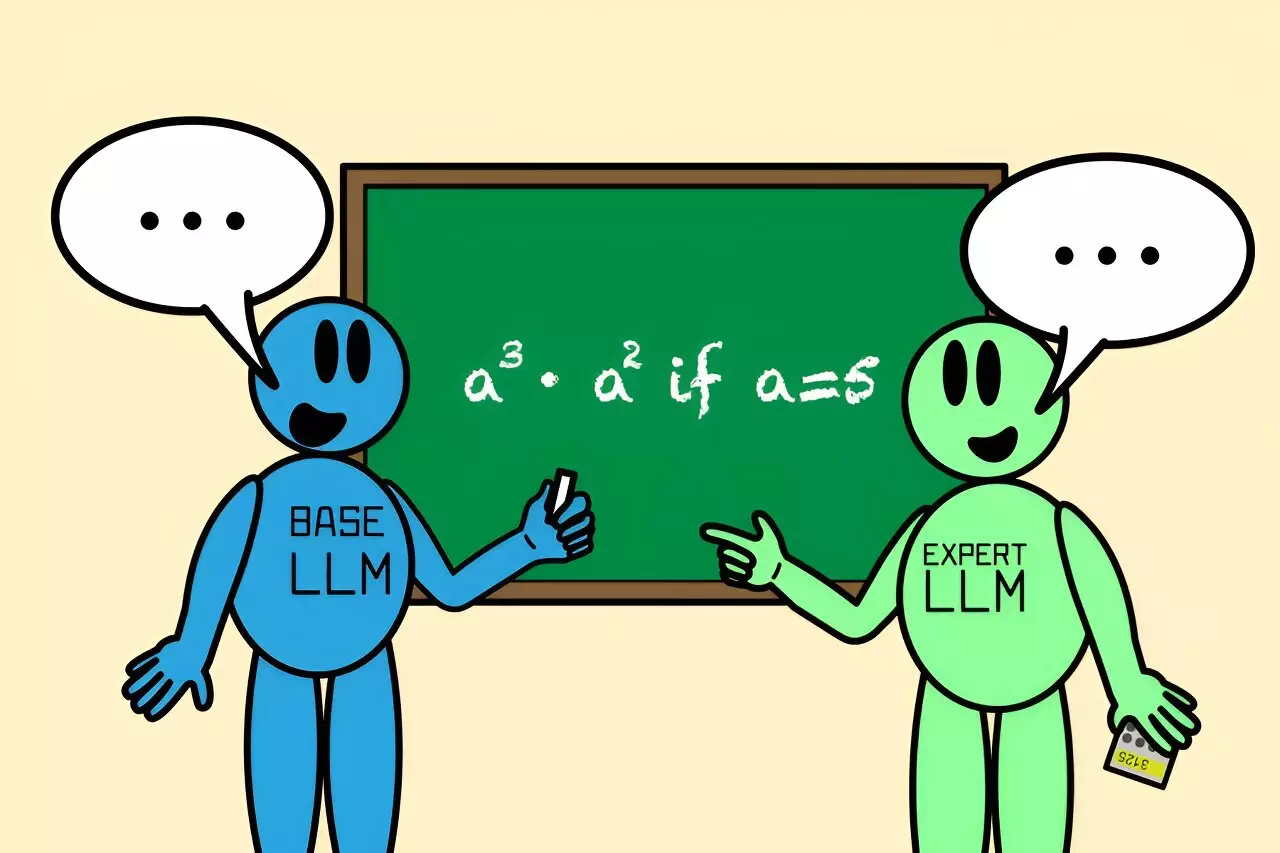The Future of Robotic Interaction: Bridging the Gap between Machines and Human Abilities
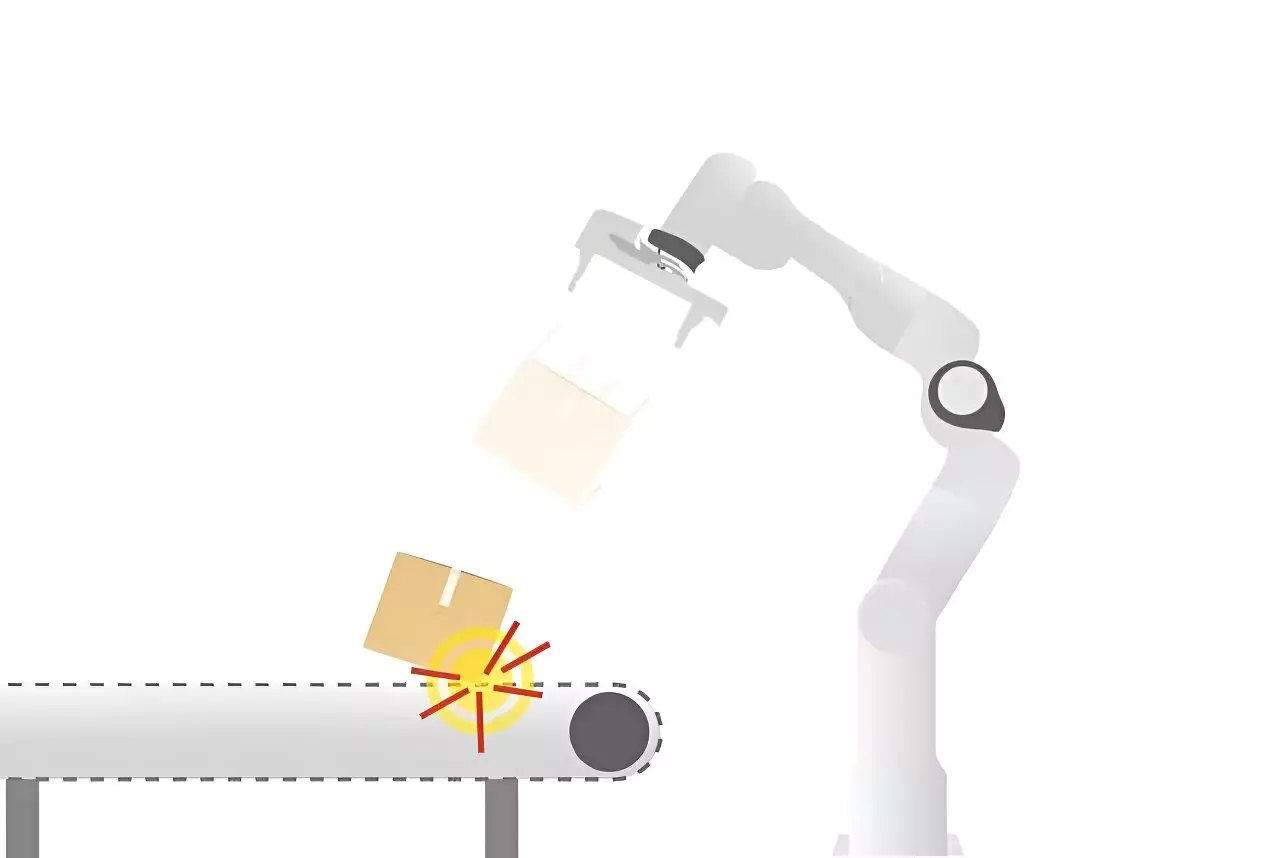
As technology advances, the role of robots in various industries continues to expand, particularly in sectors like automotive manufacturing and logistics. However, despite their growing prevalence, many robots are limited in their functional capabilities. Traditionally, these machines execute predefined tasks, relying heavily on repetitive actions and rigid sequences. Such limitations hinder their potential to operate more autonomously or adapt to dynamic environments. A significant area ripe for enhancement is the development of robots that mirror human-like dexterity and cognitive abilities, enabling them to perform tasks with greater efficiency and in safer manners, especially in scenarios where human intervention could be hazardous.
In exploring the next frontier of robotics, the I.AM project, led by Alessandro Saccon at the Eindhoven University of Technology, addresses the urgent need for fast physical interactions in robotic systems. Recognizing that some tasks are inherently unsafe or ergonomically challenging for humans—with examples including baggage handling at airports and operations in hazardous environments—this project emphasizes the automation of such roles through smarter robots. The initiative aims to engineer devices that can not only understand but also adapt to their physical surroundings, enhancing their efficacy in high-stakes conditions, including potential applications in space exploration.


